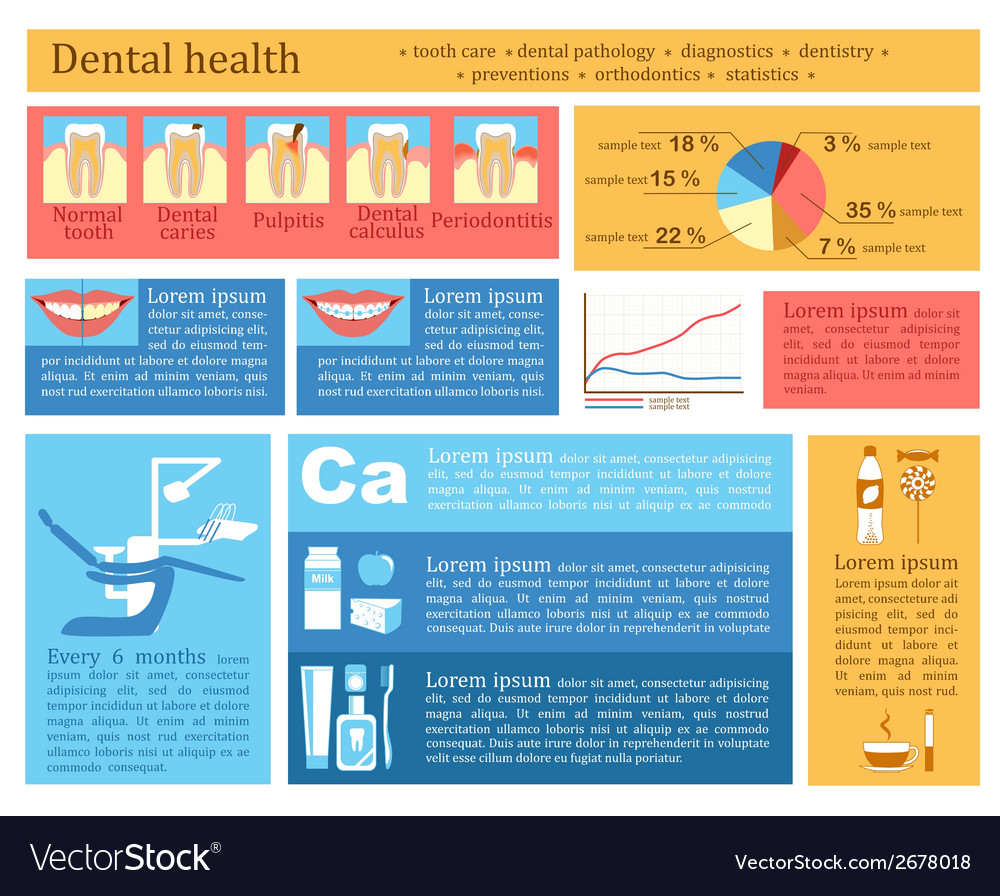Invite to the globe of dental surgery, where innovations and breakthroughs are forming the future of the field! In this exciting world, you'll witness the transformative power of robotics, the cutting-edge marvel of 3D printing, and the game-changing influence of minimally intrusive techniques.
The future of oral surgery holds a promise of precision, efficiency, and enhanced patient results. With the help of advanced robotics, specialists are able to execute complex treatments with better precision and control.
3D printing modern technology is transforming the creation of oral implants and prosthetics, using personalized services that fit flawlessly right into each client's special anatomy.
Furthermore, minimally intrusive strategies are decreasing post-operative discomfort and recuperation time, enabling clients to return to their lives sooner.
Prepare yourself to discover the amazing technologies and breakthroughs that are reshaping the landscape of oral surgery!
Developments in Robotics
One major innovation in dental surgery is making use of robot innovation, which permits exact and effective operations. With the help of robotic systems, dental cosmetic surgeons have the capability to carry out intricate surgeries with improved precision, minimizing the danger of human mistake.
These robotic systems are equipped with advanced imaging technology and precise tools that enable specialists to browse with intricate physiological structures with ease. By making use of robot innovation, doctors can accomplish better medical accuracy, causing enhanced person results and faster healing times.
In addition, the use of robotics in oral surgery permits minimally intrusive procedures, decreasing the trauma to surrounding cells and promoting faster recovery.
3D Printing in Oral Surgery
To enhance the field of oral surgery, you can discover the subtopic of 3D printing in oral surgery. This innovative technology has the prospective to change the means oral surgeons operate and treat individuals. Here are 4 key ways in which 3D printing is shaping the area:
- ** Personalized Surgical Guides **: 3D printing permits the development of extremely precise and patient-specific medical guides, boosting the precision and performance of procedures.
- ** sedation dentistry near me **: With 3D printing, oral specialists can produce tailored dental implant prosthetics that perfectly fit a patient's one-of-a-kind makeup, causing better end results and person fulfillment.
- ** Bone Grafting **: 3D printing allows the manufacturing of patient-specific bone grafts, reducing the demand for conventional grafting methods and boosting healing and recovery time.
- ** https://www.shape.com/crest-3d-opalescence-go-teeth-whitening-treatments-7561234 and learning and Educating **: 3D printing can be made use of to develop realistic medical versions for educational functions, enabling oral surgeons to exercise complicated procedures prior to executing them on clients.
With its prospective to boost precision, personalization, and training, 3D printing is an interesting advancement in the field of oral surgery.
Minimally Intrusive Techniques
To further progress the area of dental surgery, welcome the capacity of minimally invasive techniques that can significantly profit both doctors and clients alike.
Minimally intrusive methods are transforming the area by reducing medical injury, reducing post-operative discomfort, and increasing the recuperation procedure. https://all-on-6-dental-implants06161.howeweb.com/33637787/join-us-to-discover-why-timely-activity-versus-gum-tissue-economic-crisis-is-critical-for-your-dental-health-and-wellness-and-what-effects-you-could-encounter-if-you-wait include utilizing smaller sized incisions and specialized tools to execute treatments with accuracy and performance.
By utilizing advanced https://devintwegh.blogdal.com/33450338/begin-unraveling-the-facts-behind-periodontal-recession-treatments-where-misconceptions-collide-with-realities-and-uncover-what-you-never-ever-learnt-about-your-gum-health , such as cone beam of light calculated tomography (CBCT), doctors can precisely plan and implement surgical treatments with minimal invasiveness.
Furthermore, using lasers in dental surgery permits accurate tissue cutting and coagulation, leading to decreased blood loss and minimized healing time.
With minimally intrusive techniques, patients can experience much faster healing, decreased scarring, and improved outcomes, making it a necessary element of the future of oral surgery.
Final thought
So, as you can see, the future of oral surgery is unbelievably promising, with amazing developments and advancements shaping the area.
From the advancements in robotics to the use of 3D printing and minimally intrusive techniques, oral doctors are reinventing the means they give treatment.
While some may fret about the possible cost related to these innovations, it's important to keep in mind that these modern technologies ultimately boost client outcomes and decrease recuperation time, making them well worth the financial investment in the future.
